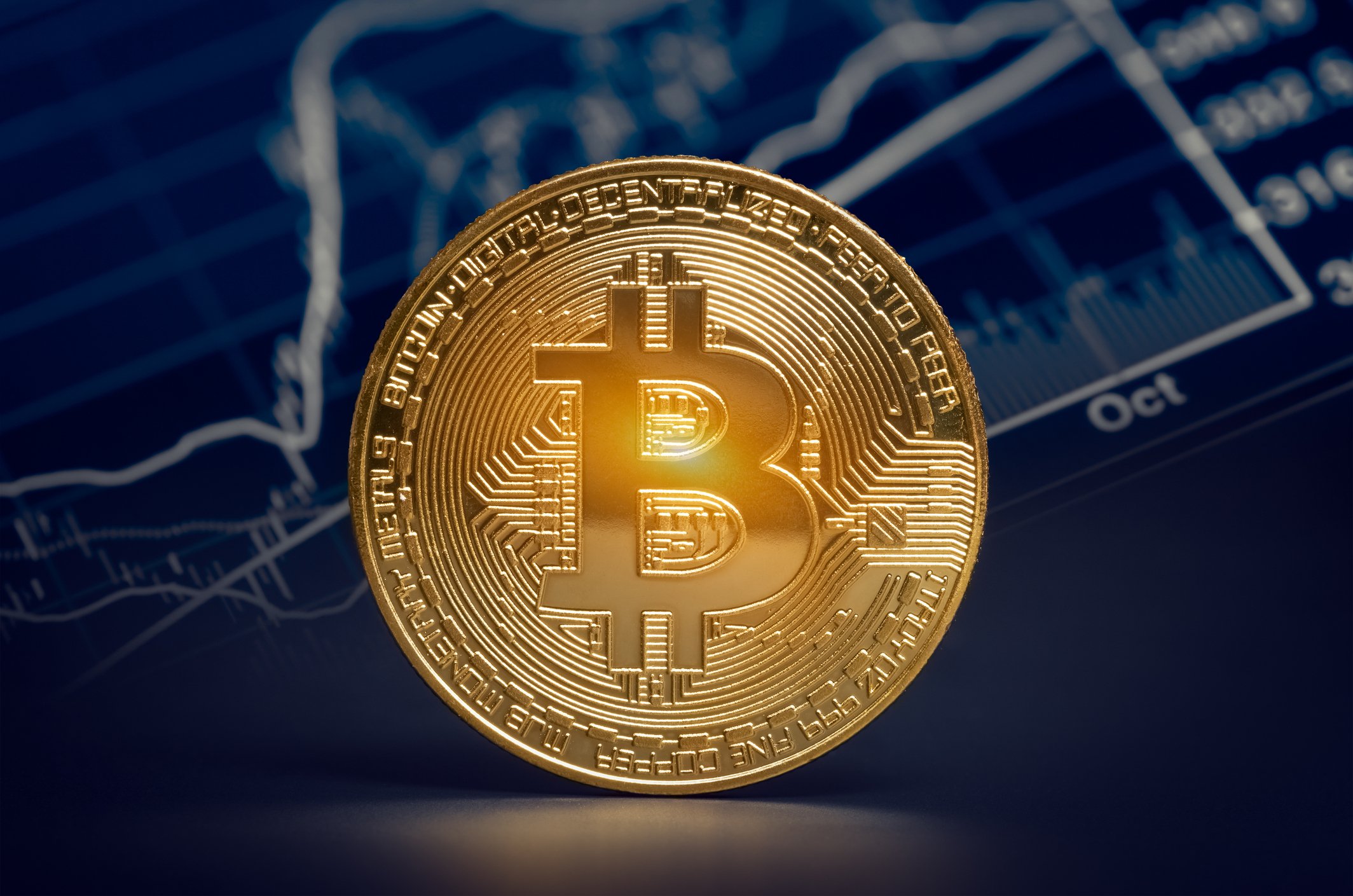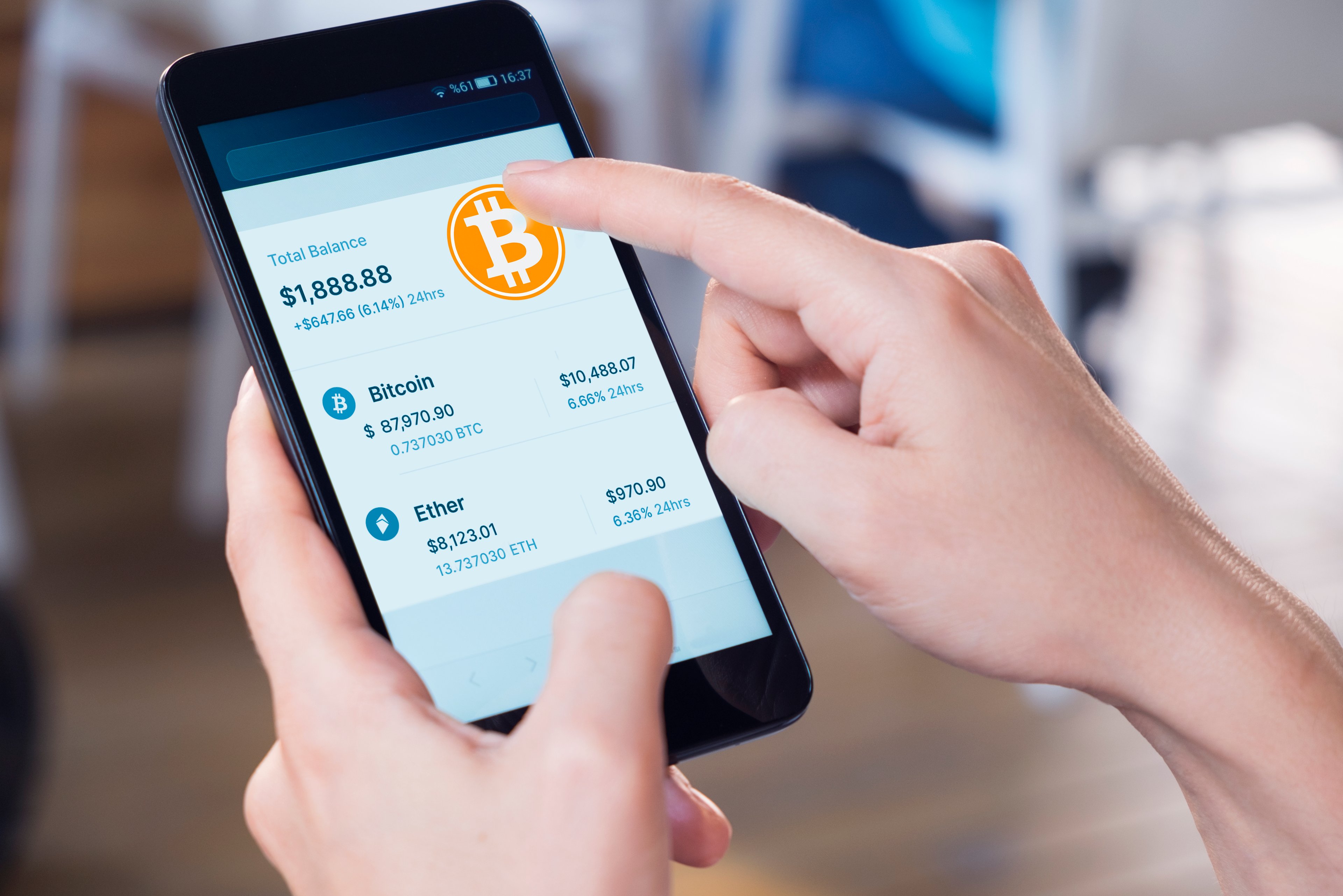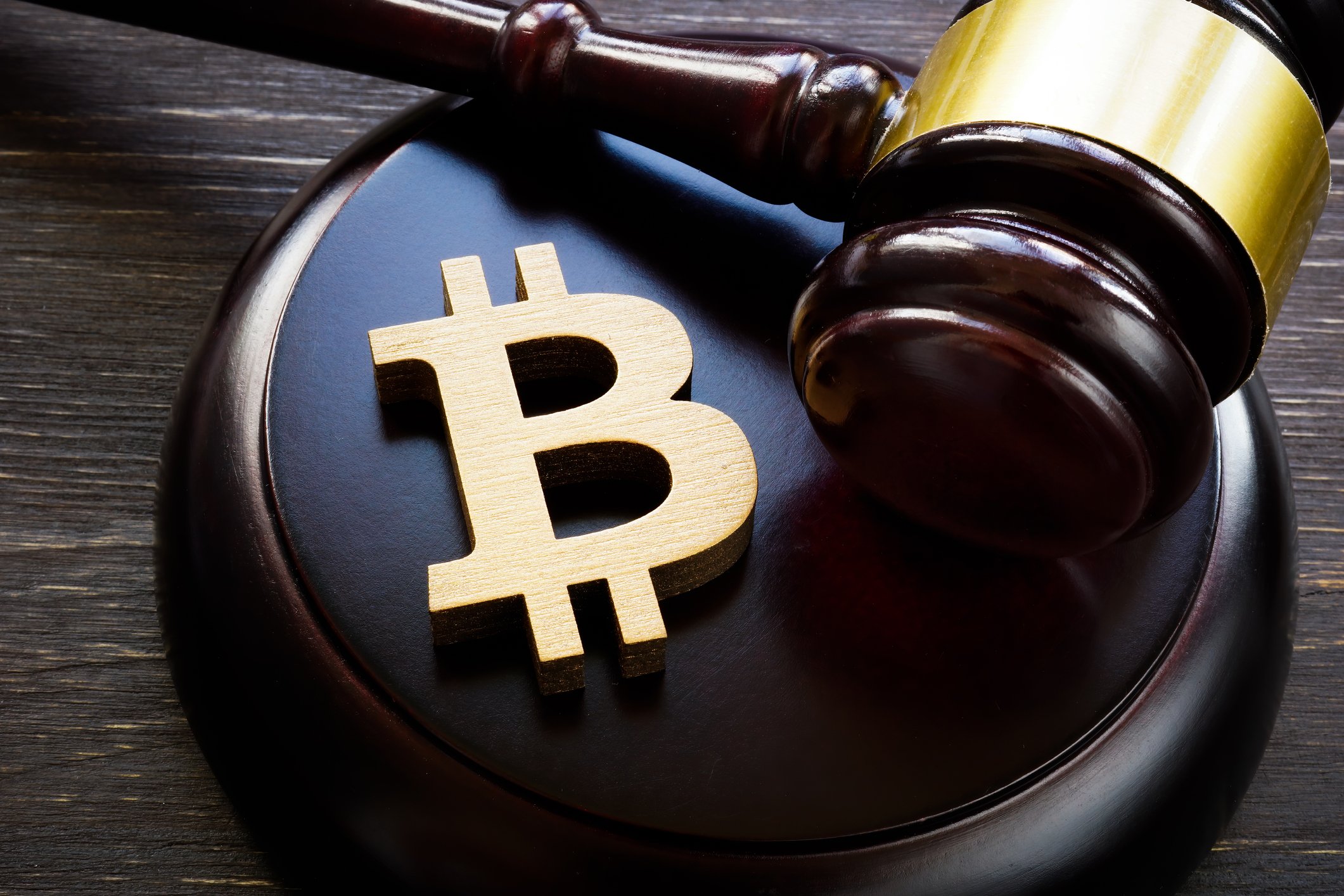Over the long term, few asset classes have generated life-changing returns as quickly as cryptocurrency. And early investors who managed to stay the course have turned relatively modest positions into millions.
While investors shouldn't necessarily expect a repeat of the quadruple-digit annual percentage returns seen in previous years, these digital tokens are still capable of trouncing traditional asset classes like stocks, bonds, and real estate. Let's explore some reasons why Bitcoin (BTC 2.17%) and Solana (SOL 5.51%) could make excellent long-term picks.
Bitcoin
Although brand recognition is typically associated with consumer products, it can also be important for financial assets -- especially those that don't have intrinsic value based on earnings or growth. As the original blockchain network, Bitcoin is likely the first cryptocurrency most people become familiar with when dipping their toes in for the first time. Its growing institutional acceptance is another long-term boost.

CRYPTO: BTC
Key Data Points
With prices up 75% during the past year, Bitcoin is once again on a bull run. There are several reasons for the widespread optimism. For starters, the U.S. government continues to support the industry. On July 18, Trump signed the Genius Act, which is designed to create a regulatory framework for stablecoins pegged to the U.S. dollar. The new law could pave the way for these assets to enter the mainstream, indirectly benefiting Bitcoin by legitimizing blockchain-based finance as a whole.
Over the long term, Bitcoin may get its biggest boost from America's deteriorating finances. The Dollar Index has already fallen 9% year to date, erasing all of the S&P 500's 8% gain this year. And the U.S.'s rapidly growing national debt raises the risk of further currency declines as the market grows skeptical about its ability to manage its $37 trillion debt burden without hurting the value of the dollar.
Bitcoin can benefit from weakness in the dollar because when the dollar loses value, it takes more dollars to buy each unit of Bitcoin.
Solana
Unlike Bitcoin, which gets its value from trust and brand recognition, Solana has made a name for itself through raw performance and functionality. Launched in March 2020, the blockchain's developers were able to carefully study and improve upon the weaknesses of older networks, creating a compelling industry leader.
The Solana network leverages a unique block verification system called proof-of-history (PoH), which uses timestamps to enable as many as 65,000 transactions per second. This high performance makes it an attractive platform for decentralized applications (dApps), such as the controversial meme coin Official Trump, which hit a peak market cap of almost $14 billion in January. DApps benefit Solana by boosting activity on the network, increasing demand for its native token, SOL, to pay fees.

Image source: Getty Images.
However, for long-term investors, the most exciting aspect of Solana may be its potential to generate income through a process called staking. Investors can temporarily lock up their tokens to help the network validate new transactions. In return, they are given newly minted coins, similar to the interest accrued on a bank's certificate of deposit.
According to Coinbase, Solana currently offers staking rewards of 5.1% annually, which isn't too shabby considering the S&P 500 has an average yield of just 1.2%.
Which cryptocurrency is better for you?
While Bitcoin and Solana are both excellent ways to ride the crypto wave, they serve different investment strategies. Bitcoin is better for investors who prioritize trust and stability. Solana is a riskier bet. But the potential for compounding staking rewards could make it a more attractive long-term pick.





